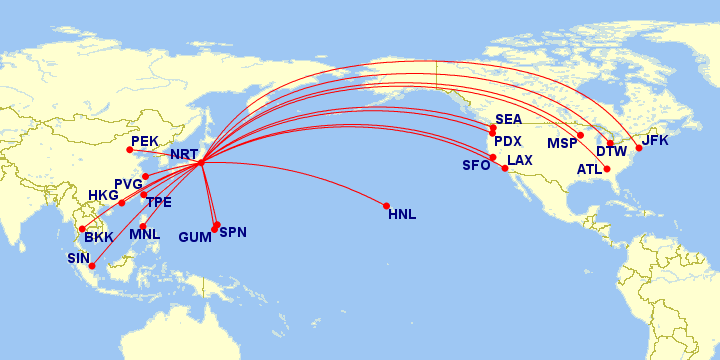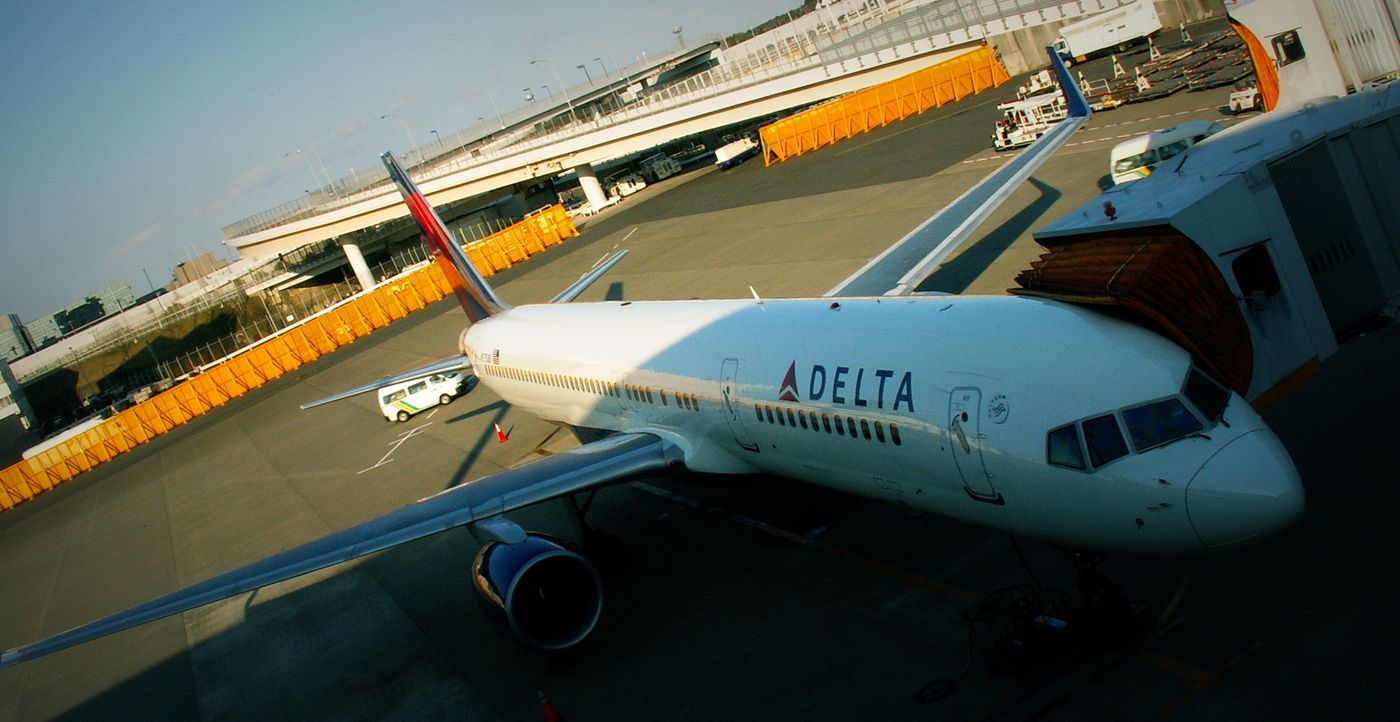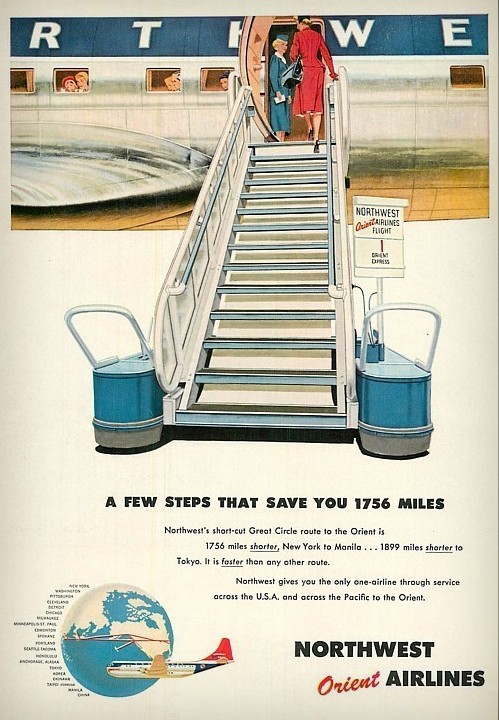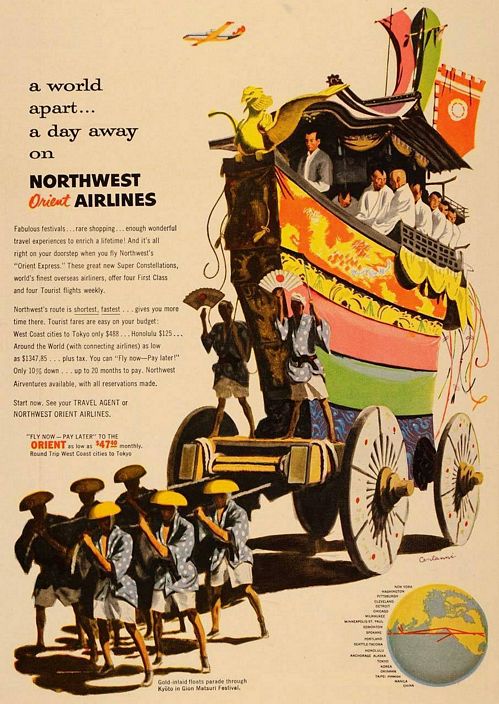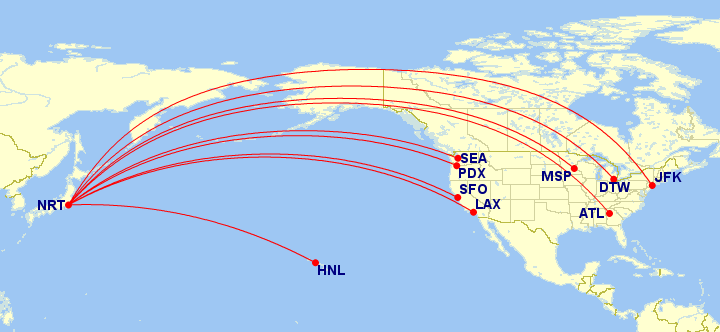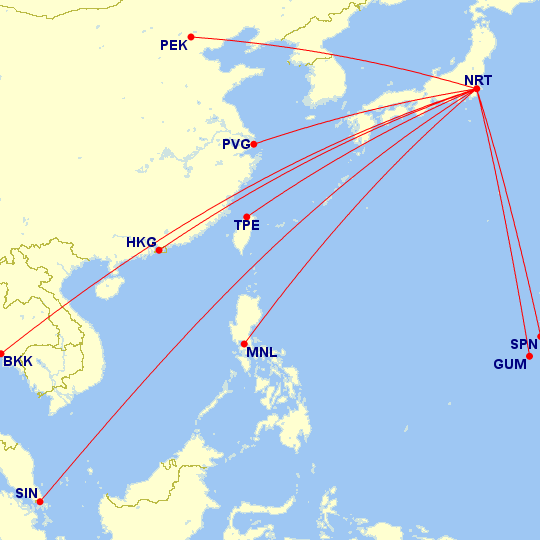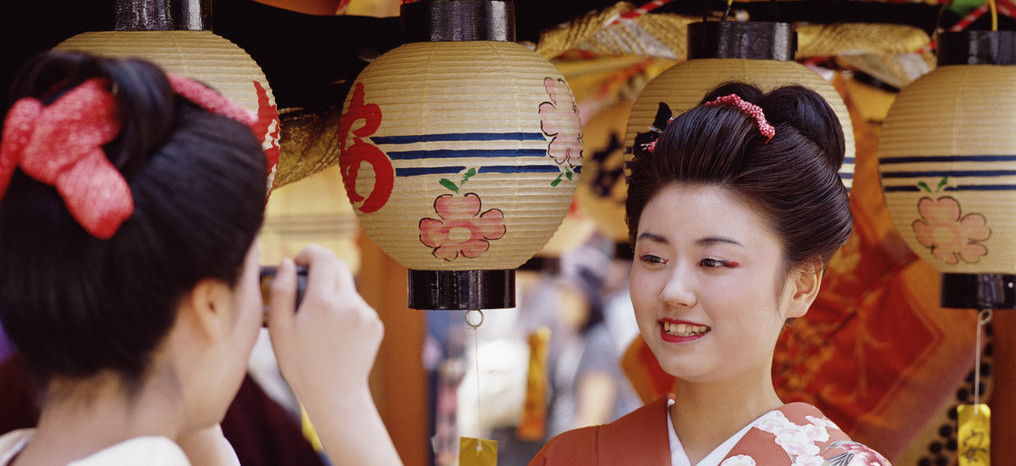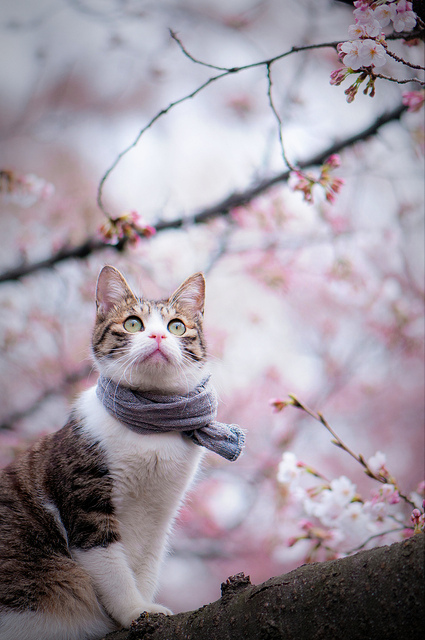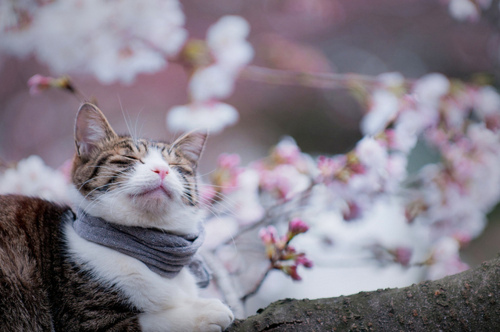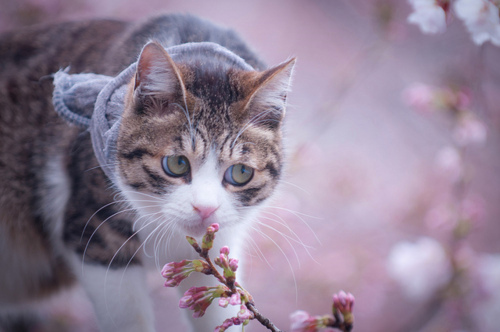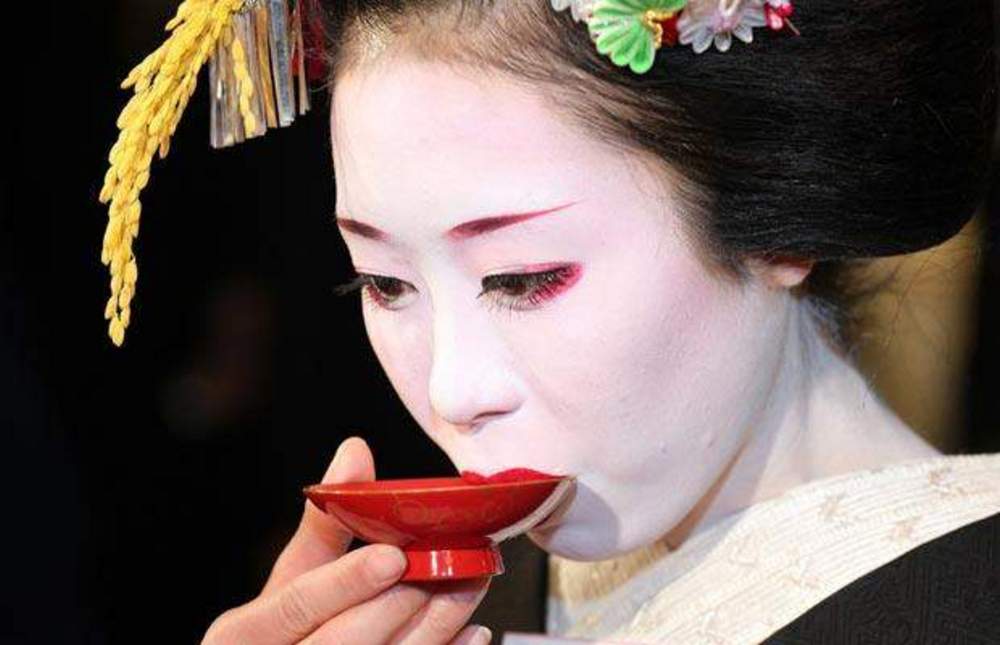
An Introduction to Sake and Japan
The Japanese archipelago stretches over 3,000 km from north to south. Therefore, there are various lifestyles and customs. In addition, Honshu (the main island) is divided into the Pacific Ocean side and Japan Sea side by it’s over 1,000-meter elevation backbone ridge. This further results in different lifestyles and customs.
Therefore, the various cultures such as food and drink, festival rites, and folk entertainment have developed according to the climate of the plains, basins, mountains, and seasides. Since there had been almost no historical influence of politics and religion, the cultures of each small local community have been well preserved.
Despite this history, the pursuit of higher-quality sake has progressively evolved.
For example, in ancient times, it was the custom for the people in each region to brew and drink sake with Shinto deities after offering it to those deities at festivals and events. The main sake was called doburoku (unrefined sake). However, such a tradition has declined these days.
More ancient sake, such as kuchinokami-no-sake (sake made from rice or other cereal which is chewed to promote fermentation) and shitogi-zake (sake made from powdered rice which is also chewed) were recorded but the details have not been confirmed.
Seishu (refined sake) is the symbol of present-day sake. In the urban areas, this dates back to the Edo period (17th to 19th century). However, for the farming, mountain, and fishing villages, it was after the Meiji era (19th to 20th century) with the development of brewing techniques and distribution channels.
Present-day sake is made with high-quality standards for a refined taste and is easily available.
However, this standardization does not necessarily mean the decline of the cultural aspects of sake. The relationships of festival rites and sake, appetizers and sake, and containers and sake pass on the unique Japanese tradition, although the differences of the regions are declining.
By striving for the excellent taste and recounting the history of sake, we hope to pass on this part of Japanese culture to future generations and the international community.
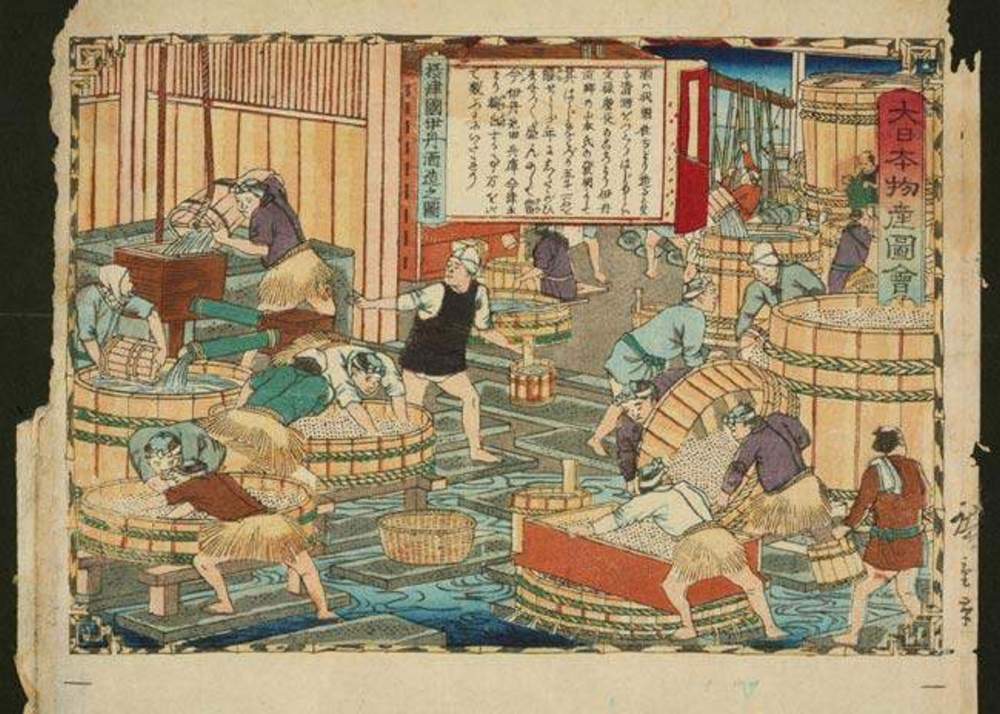
History of Sake
Sake is made from rice. In Japan, sake has been consumed since ancient times. Of course, it is not exactly the same sake as what we have these days. The technique has advanced over time to the present day. Considering that the common ingredient, rice, is both the staple of Japanese food and the main ingredient of sake, this history goes back about 2,000 years.
The brewing of sake is a complex process. First, the rice starch needs to be converted into sugar. Then sugar is converted by kobo (yeast) into alcohol. The present, established method of converting starch into sugar is by koji-kin (aspergillus mold), the same process used since the fourth century. Until that time, sake was brewed by a method such as kuchikami-sake (sake made from rice or other cereal, which is chewed to promote fermentation.)
The organization called Miki-no-Tsukasa (sake brewery office) was established by the Imperial Court and started brewing sake for the ceremonies during the Heian period (eighth to 12th century). During the Muromachi period (15th century), hundreds of small-scale sake shops were born in Kyoto and sake came to be brewed throughout the year. At the same time, the brewers of soboshu, sake brewed in temples in Nara and other places, came to lead the development of brewing techniques.
Since then, the technical development with consistent quality has progressed and from the middle of the Edo period (around 18th century), the brewing technique was established and is similar to the technique used today.
First, koji-kin (aspergillus mold) is carefully grown over the steamed rice to make komekoji (malted rice). Then, to komekoji, steamed rice and water are added to make the fermentation starter, shubo (yeast mash). After that, the fermentation is promoted by the method called danjikomi (three-step fermentation process) by adding steamed rice, komekoji, and water three times. After the fermentation, sake is filtered, pasteurized at low temperature, stored, and matured. This production method requires very complex, advanced skill.
At around this time, it became popular to concentrate brewing sake in the best season, winter. This technical development gave rise to the special professional group of sake brewing consisting of toji (chief sake brewer) and kurabito (a worker at a sake brewery.) Migrant workers mainly from farming villages during agricultural off-season became the professional group.
It was also discovered that the quality of water used in brewing had an effect on the brewing of sake. It was the development of the breeding of rice, brewery science, and manufacturing facilities after the Meiji era (19th to 20th century), which marked the beginning of modern Japan, that established the modern brewing process. However, the skill involved with the multiple parallel fermentation process, which converts rice starch into sugar by koji-kin (aspergillus mold) and converts sugar into alcohol by the power of kobo (yeast) simultaneously, has not changed even today.
The fermentation method, which performs simultaneous saccharification of rice and alcoholic fermentation of sugar. With this method, the putrefaction risk becomes lower and alcohol content becomes higher than saccharifying and fermenting alcohol separately.
Various Sake Produced in Climate Conditions of Japan
Japan, which is situated off the northeast portion of the Eurasian continent is a long arc-shaped island country, surrounded by the Kuroshio (warm current) flowing from south to north and the Oyashio (cold current) flowing from north to southwest. The climate varies greatly from north to south and from the Pacific Ocean side to the Japan Sea side. Japan also belongs to the temperate monsoon region and experiences four seasons. However, due to the central mountain range that divides the archipelago, the character of the climate, even at the same latitude, is quite different from the Pacific Ocean side to the Japan Sea side.
As a result, the farm and marine products are very different in each region. Although food from all over the country is available these days, it was in the past the custom for the Japanese to eat local food using local recipes. Therefore, traditional Japanese cuisine is as diverse in flavor, seasoning, and cooking methods as each region.
As a result, the basics of brewing sake in over the 1,000 breweries in Japan are to match the sake to the local diet. For example, there is many red fish caught from the Pacific Ocean, white fish from the Seto Inland Sea, and fatty fish from the Sea of Japan because of the extremely cold winters. Food preservation developed in the inland provinces. In addition, some breweries brewed sake for Edo (present-day Tokyo), which was the world’s largest consumer city during the Edo period (17th to 19th century). Brewing sake for each lifestyle and diet was developed and refined for each region.
Even now, the Japanese cultural sensitivity to the four seasons is reflected in how sake is consumed. Each season brings us a different type of sake and a different way to drink it. In autumn, we have hiyaoroshi, which is sake well matured over the summer; in the winter to early spring, shiboritate (fresh sake) with a fresh flavor; in the hot summer, namazake (unpasteurized sake), which is cooled in the refrigerator. Some prefer to drink sake cold or at room temperature called hiya (unwarmed sake). On the other hand, even these days, others prefer the traditional drinking custom of kanzake (warmed sake) from autumn to spring.
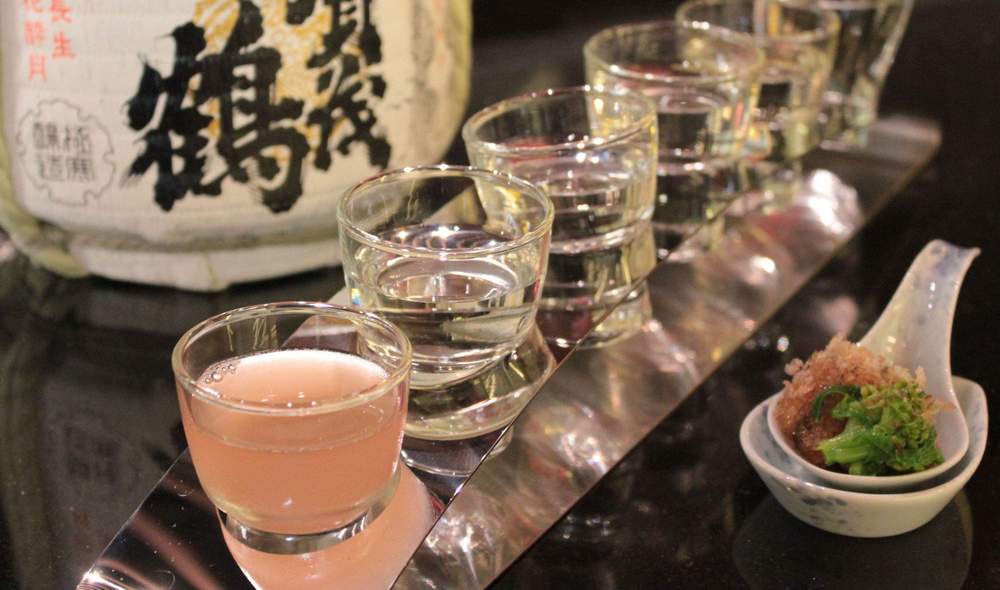
Recently, a technical approach to sake brewing has developed. There are the traditional kimoto and yamahai with a sour and thick taste; and daiginjo (very special brew) with the fruity taste using highly polished rice and brewing at a low temperature. Recently, sparkling sake is being produced.
The traditional method of growing of active kobo (yeast) through the action of lactic acid produced by natural lactic acid bacterium while preventing other bacteria activity.
Yamahai operates kimoto-type shubo (yeast mash) growing method which cut the operation procedure called yamaoroshi, grinding rice during the process of active kobo.
Most importantly, the quality control of sake after shipping is essential for enjoying the delicate taste and different flavors. The reason for the sake containers to have lightproof brown or UV-cut bottles is to reduce the sunlight, the most dangerous factor for preserving sake. For drinking delicious sake, it is important to store it in a cool, dark place.
Three Reasons Why Sake Goes Well with Japanese Cuisine
A distinct flavor produced from the brewing of sake is called umami, or savory good taste. These days, sake is consumed with a variety of delicious foods. However, traditionally, it was consumed with a simple appetizer called sakana. The variety of conditions spanning east to west in Japan has produced a diversity of flavors complimentary to the local sake.
- Sake contrasts well with salty foods. Because the Japanese summers are hot and humid, salted seafood evolved as a preservative over smoked foods. Therefore, many appetizers that are consumed with sake are high in salt content. Shiokara (salted and fermented fish innards) and naresushi are such examples. It was also common to have sake with salt and miso (fermented soybean paste) only. The umami character of sake goes well with the salty taste of these appetizers.
- Sake complements fermented foods. The variety of ingredients used in Japanese cuisine results in unique seasonings. Common seasonings such as shoyu (soy sauce), miso, komesu (rice vinegar), and mirin (sweet sake for cooking) are all fermented using koji (malted rice). In particular, shoyu and miso, like sake, are uniquely developed in each region and have become the main taste of the local cuisine. The predominant use of fermented foods and almost no use of oils and fats are the features of “Washoku: Traditional Japanese Dietary Cultures” listed on UNESCO’s Intangible Cultural Heritage list.
- Sake is good in recipes for cooking. The variety of fish, which Japanese people prefer to eat, is rich in minerals and calcium, more than that of Western food. Sake goes well with these flavors. Additionally, it has a good masking effect to remove the odor of raw fish. Therefore, sake is often used, not only as a drink, but also as a cooking ingredient. For these reasons, sake goes well with Japanese cuisine.
The good taste and the variety of qualities of present-day sake have not only become popular over a wide range of Japanese cuisine. It has also become popular with international dishes including fatty meats.
Sake Strongly Connected with Traditional Ceremonies
Shinto is a polytheistic belief system based on nature and ancestor worship. As such, there are many Shinto deities throughout Japan. Based on farming culture, Japan cultivates rice in the northernmost possible location of the world. Rice produced under these severe weather conditions has become the most precious staple food for the Japanese. It has been ancient tradition to celebrate the good harvest and express gratitude by offering sake to the deities. The food and sake offerings to the deities are called shinsen. Although there are various offerings for each region, the essential ones are as follows: miki (sake made from fermented rice), mike (washed rice or boiled white rice), and mikagami (round rice cake made from pounded steamed rice).
These days, the Japanese people eat rice throughout the year as a staple food. However, in the older days, people used to eat katemeshi, rice mixed with crops such as millet as a staple food, eating pure rice only on honored days such as ceremonies. In addition, sake made from the abundance of valuable rice and through much effort has become the most important part of these offerings.
Drinking sake with the deities and offering gifts to them on festival days are traditions passed on to today. Even today, the summoning of the Shinto deities is a tradition that is preserved throughout Japan.
For example, the ceremony jichinsai, for the construction of the new buildings, is performed by sprinkling sake over the property and offering it to the owners. Furthermore, Japan celebrates four distinct seasons with a festival called Sekku, performed at the turning point of each season. Although it has been simplified in recent years, it used to be the custom to float seasonal flower petals on sake, admire the flowers, and drink sake. For example, peach sake in March, sweet-flag sake in May, and chrysanthemum sake in September. People drink it to ward off evil spirits and wish for a long life. Also, on New Year’s Day, there is a custom by which people wish the peace for the new year by drinking sake called toso, a mixture of about ten kinds of herbs mixed with seishu (refined sake).
While feeling the change of each season, we Japanese hope to cherish those events by celebrating with sake and strengthen the ties now and forever.
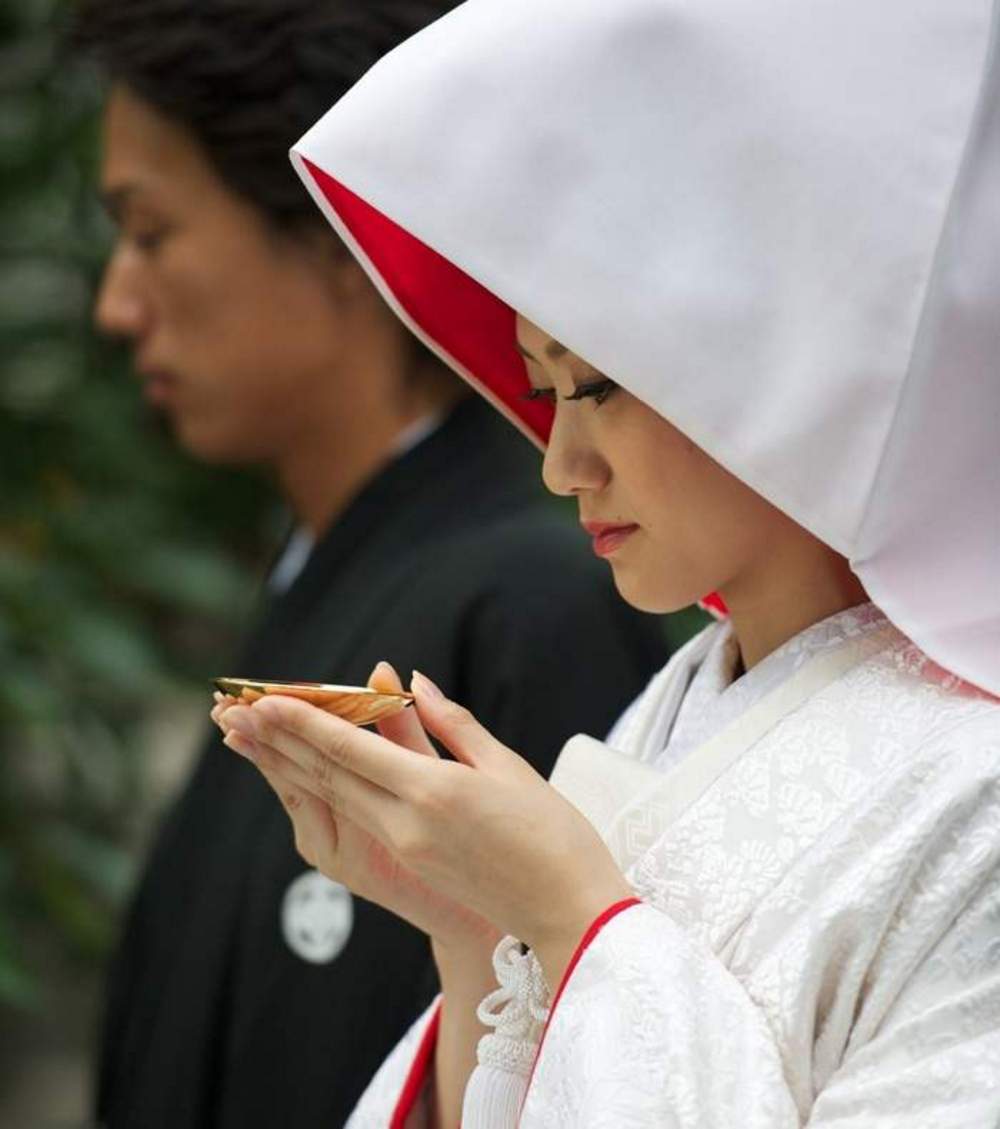
Sake Necessary for Social Bonding
Since ancient times, Japanese have used sake as a way to create special bonds with each other. Sakazukigoto is a ceremony meaning the exchanging of sake cups. San-san-kudo is the most popular type of ceremony. After pouring sake, each person takes three sips of sake from each of three kinds of cups: large, middle, and small. It is important to sip three times as the number three is considered lucky. Especially in wedding ceremonies, san-san-kudo is usually performed while making vows before Shinto deities.
Outside of weddings, a custom called katame-no-sakazuki (ceremony of exchanging sake cups as a pledge of friendship) is used when people with no blood relationship become sworn brothers or a parent and a child. The phrase, “exchanging sake cups,” has a similar meaning as “contract” in Western societies. The phrases “drink sake together” and “eat out of the same pot,” mean closer relationships without any special contracts.
During present-day Japanese banquets, we often hear the phrase like “let’s do without the formalities and make ourselves at home today.” This means that there is no distinction between social statuses for developing relationships. Usually organizers and guests of honor give the opening speech to propose the toast saying, “kampai” at the beginning of the banquet. Kampai means to dry or empty a glass. It is a Japanese word to express not only a toast, but also a feeling of cultural bonding.
After this reiko (formal ceremony) people start bureiko, an informal party. The phrase, “we wish you continued success and prosperity …,” is usually used to propose a toast of kampai.
The word kinen means, “praying to the deities” In short, the original traditional ceremony sakazukigoto (ceremony of exchanging sake cups) is symbolized in the act of the toast, kampai, as the simplified confirmation of the purpose of the gathering. Therefore, we make a toast, kampai, with sake to pray to the deities.
Originally, it was common that people drank sake not only for auspicious occasions but also for funerals and Buddhist services. People drank sake to bid farewell and to remember the deceased. For important emotions in Japanese life, sake was indispensable.
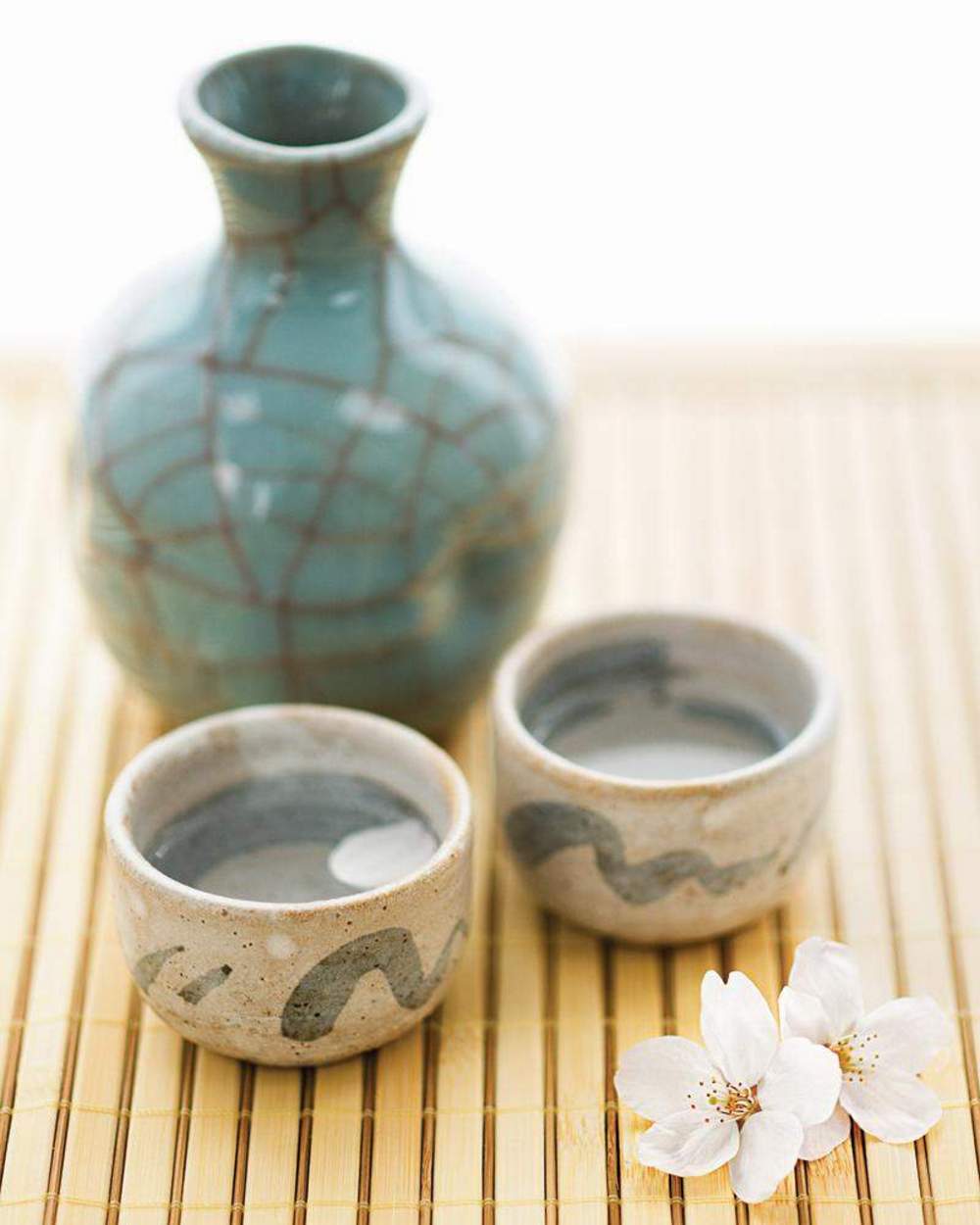
Gift Exchange Culture and Sake
It is ancient tradition and customary for people to exchange sake as gifts. First, sake is indispensable as the offering to the deities.
People bring sake as the celebration gift on New Year’s holidays and at festivals saying the words such as “we offer this to Shinto deities” or “we offer this to Buddha.” After offering sake to the deities, people commenced with osagari, consuming sake with the deities. Therefore, sake is indispensable as the gift on festival days.
Also since ancient times, sake has been used as the expression of sympathy and condolences. It was especially important to give sake as an expression of sympathy in the case of fires and disasters. It was custom for neighbors to help clear debris of fires and disasters. It was also custom to bring sake to encourage good feelings and restore good luck. As such, the custom of bringing sake as the expression of sympathy after fire and accidents was established.
There are other Japanese unique gifts called o-chugen in summer and o-seibo at the end of the year. These are gifts from one person to another to express gratitude for their help. The gift-giving custom of o-chugen and o-seibo started during the Edo period (17th to 19th century) when subordinates gave gifts to superiors as a token of their gratitude. In return, the superiors would give back a gift, twice of value, called baigaeshi. Soon after, this custom became popular regardless of social rank. The main gift was sake.
Although modern society has a variety of items for gift giving, the custom of giving gifts as religious offerings, expressing sympathy, and o-chugen and o-seibo are deeply rooted in Japanese society. Sake still shows its presence as one of the main gift items.
Development of Sake and Its Distribution
Originally, sake was brewed in each region throughout Japan as local production for local consumption. From the late Muromachi period (16th century) to the early Edo period (17th century), the brewing industry was concentrated in the Kinki region such as Nara, Fushimi, and Itami.
This changed during the Edo period (17th to 19th century) because of a peaceful 300-year reign of the Tokugawa shogunate and a developing economy. Since the population of Edo (present-day Tokyo), the center of politics, was already over one million, there was a strong demand for sake there. In addition, the shogunate and related domains strictly controlled the licensing system for production and sales of sake.
Present-day Nada in Hyogo Prefecture, the largest sake-producing district, grew as the largest sake supplier for Edo. Originally, the Kansai region had the concentration of sake brewing techniques from the Nara period (eighth century). Also, the extremely cold winter climate was suitable for brewing sake. In addition, an abundant supply of hard water called miyamizu, suitable for brewing sake, was discovered there.
As it was located near Osaka, the center of the nation’s economy, a special sea route using a ship called tarukaisen was established for shipping the sake to Edo. Although it had several sea routes surrounding the Japanese archipelago, throughout the Edo period, the original purpose was for the transport of sake.
The sake wholesale district in Edo, Shinkawa, which was established as the shipping discharge base in Edo, became the largest base of sake distribution in eastern Japan. Sake brewing in Nada was developed to the taste of urban residents of Edo. Nada thus grew as the representative sake-producing district in Japan. Because of the abundance of sake shipped to Edo, it was easily available to the population.
Since the main distribution system moved from maritime to railroad in the Meiji era (19th to 20th century), several sake brewery districts were established mainly for selling outside of their own area: Fushimi in Kyoto Prefecture, Saijo in Hiroshima Prefecture, and Jojima in Fukuoka Prefecture.
Nowadays, people can drink various locally brewed sake quite easily throughout Japan owing to the development of reliable logistics systems. Presently, the most productive districts of sake are Hyogo Prefecture, Kyoto Prefecture, Niigata Prefecture, Saitama Prefecture, Akita Prefecture, and Aichi Prefecture.
Sake as the National Alcoholic Drink of Japan
Presently in Japan, people can drink various types of alcohol such as beer, wine, and whiskey along with various foods from all over the world. It was important for us to understand and respect the cultural backgrounds of each country as we consume a variety of traditional food and drink of each of those countries.
Although the Japanese diet has undergone many changes, the conventional Japanese cuisine and sake are being seen in a new light. At the same time, the cultural and historical significance of Japanese cuisine and sake have come to attract people’s attention as well.
The reasons why sake qualifies as “the national alcoholic drink of Japan” are the followings: it is made from rice and water, the blessings of Japanese climate; it has the unique technique of using koji-kin (aspergillus mold) grown by the blessed climate of Japan; it has the history that people have consumed it for a long time throughout Japan; it has the strong connection with Japanese native beliefs, traditional annual events, and lifestyle; and it is brewed all over Japan.
Therefore, cherishing “the national alcoholic drink of Japan” is none other than being proud of Japanese culture. Of course, it is also important to deepen the mutual understanding by respecting foreign cultures, histories, foods, and alcoholic drinks. Japanese sake has been recognized overseas as the word, “sake.” Furthermore, recently the words such as ginjo (special brew sake) and junmai (pure rice sake) have become popular as well. In recent years, the export volume of sake for overseas has increased favorably.
The Japanese have promoted sake overseas as the representative of Japan, in other words, “the national alcoholic drink of Japan.”
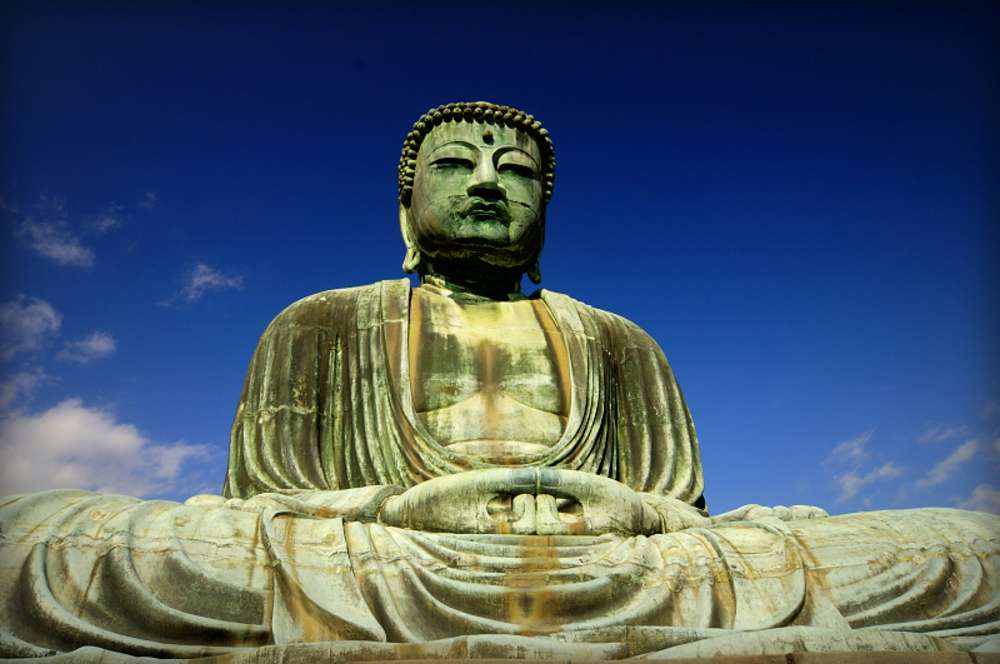
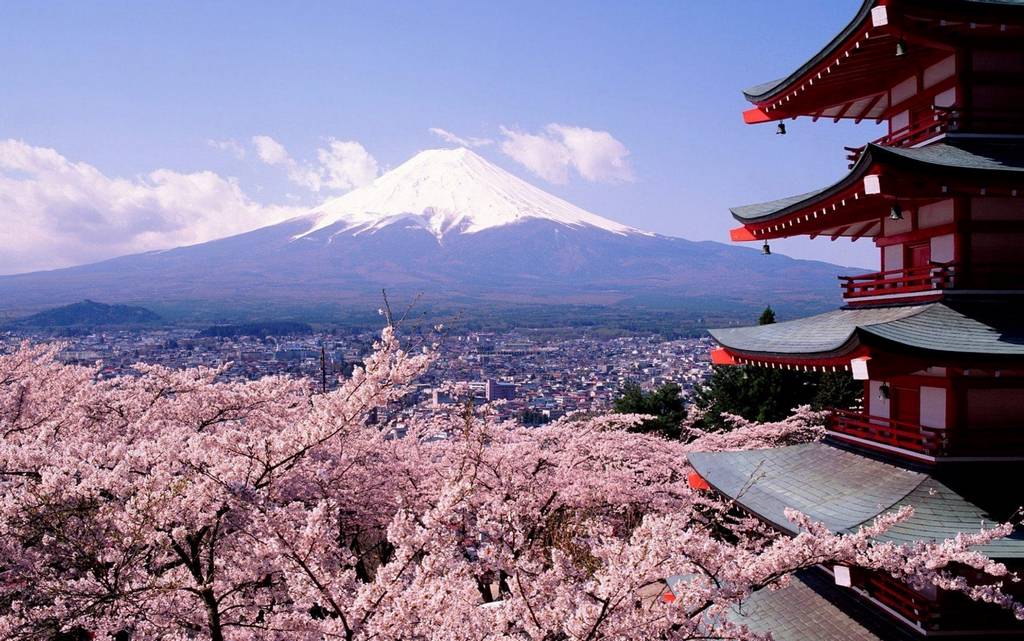
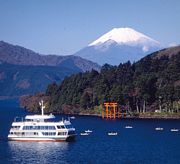 Hakone also boasts the generally celebrated Hakone Botanical Garden of Wetlands and an open-air museum, with masterpieces on display by celebrated modern artists, including Picasso, Rodin, and Miro. However, Lake Ashi steals the show. It is set in a surreal landscape with snow-covered Fuji as a stage set and the bright red torii gates of
Hakone also boasts the generally celebrated Hakone Botanical Garden of Wetlands and an open-air museum, with masterpieces on display by celebrated modern artists, including Picasso, Rodin, and Miro. However, Lake Ashi steals the show. It is set in a surreal landscape with snow-covered Fuji as a stage set and the bright red torii gates of 




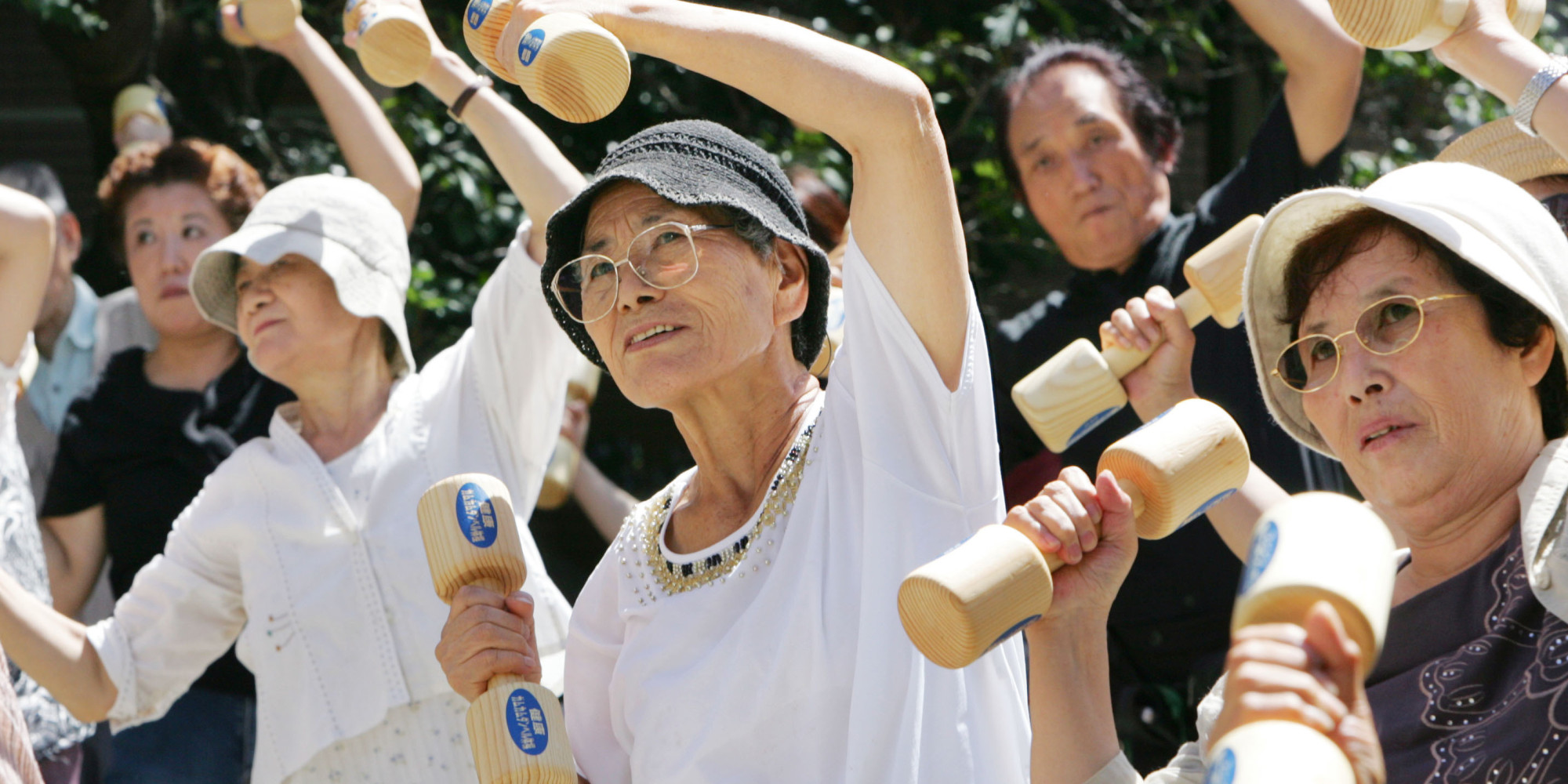

 At Nissan, Carlos Ghosn was the definitive outsider. A multi-disciplinary talent who could speak more than a few languages, Ghosn was born in Brazil to Lebanese parents. As a youngster, he relocated to Lebanon at age six and was educated by Jesuits in Beirut. From there, he relocated to France, where he earned degrees in engineering from the prestigious
At Nissan, Carlos Ghosn was the definitive outsider. A multi-disciplinary talent who could speak more than a few languages, Ghosn was born in Brazil to Lebanese parents. As a youngster, he relocated to Lebanon at age six and was educated by Jesuits in Beirut. From there, he relocated to France, where he earned degrees in engineering from the prestigious 

